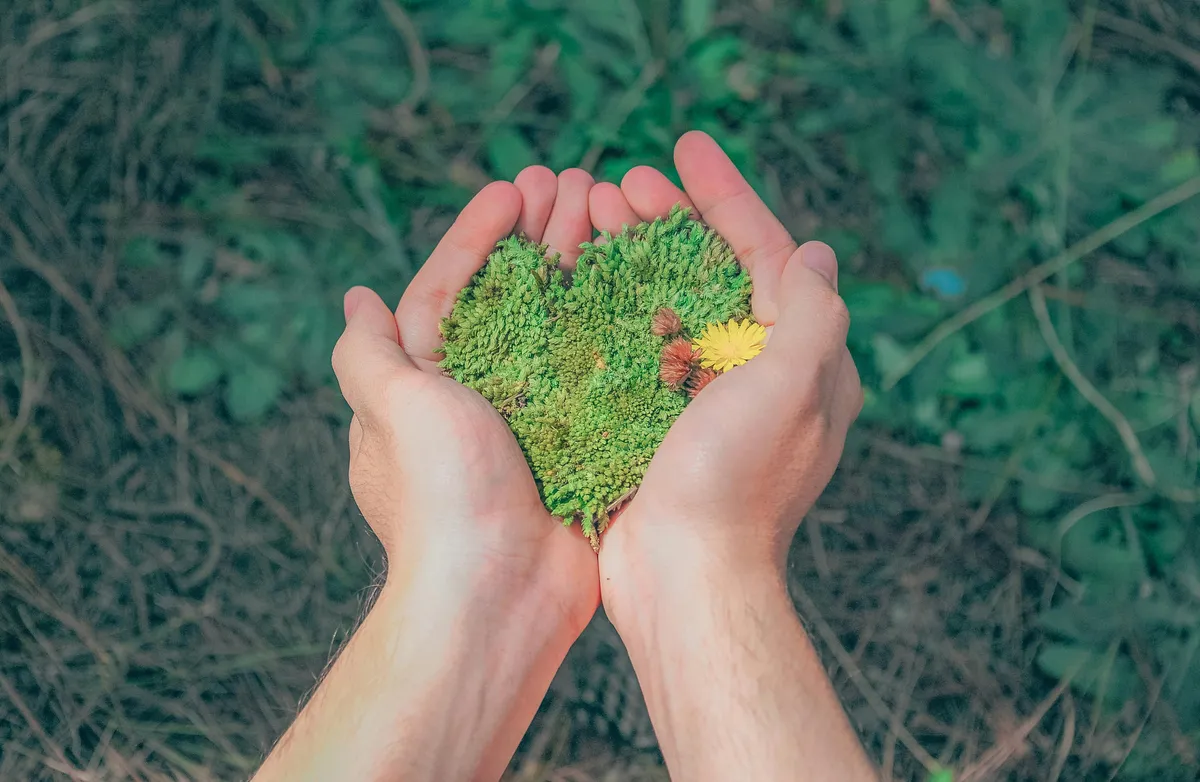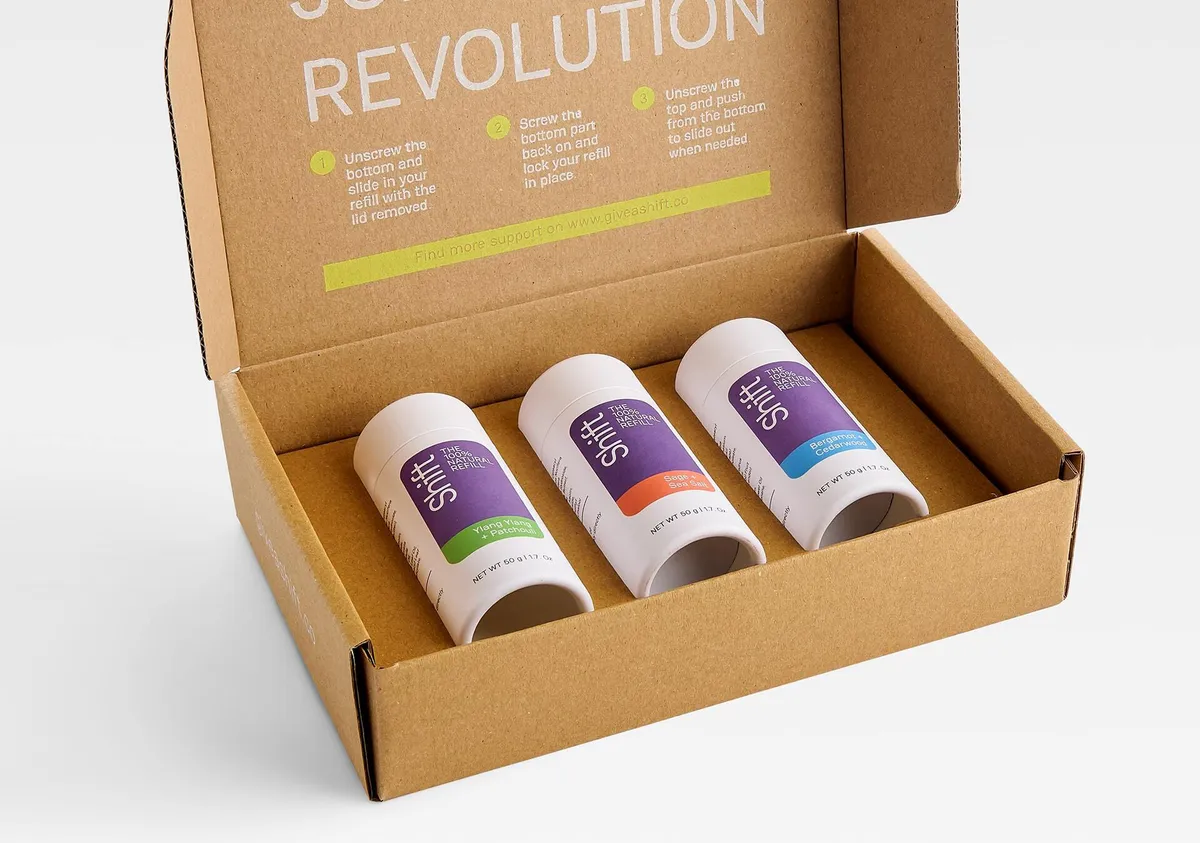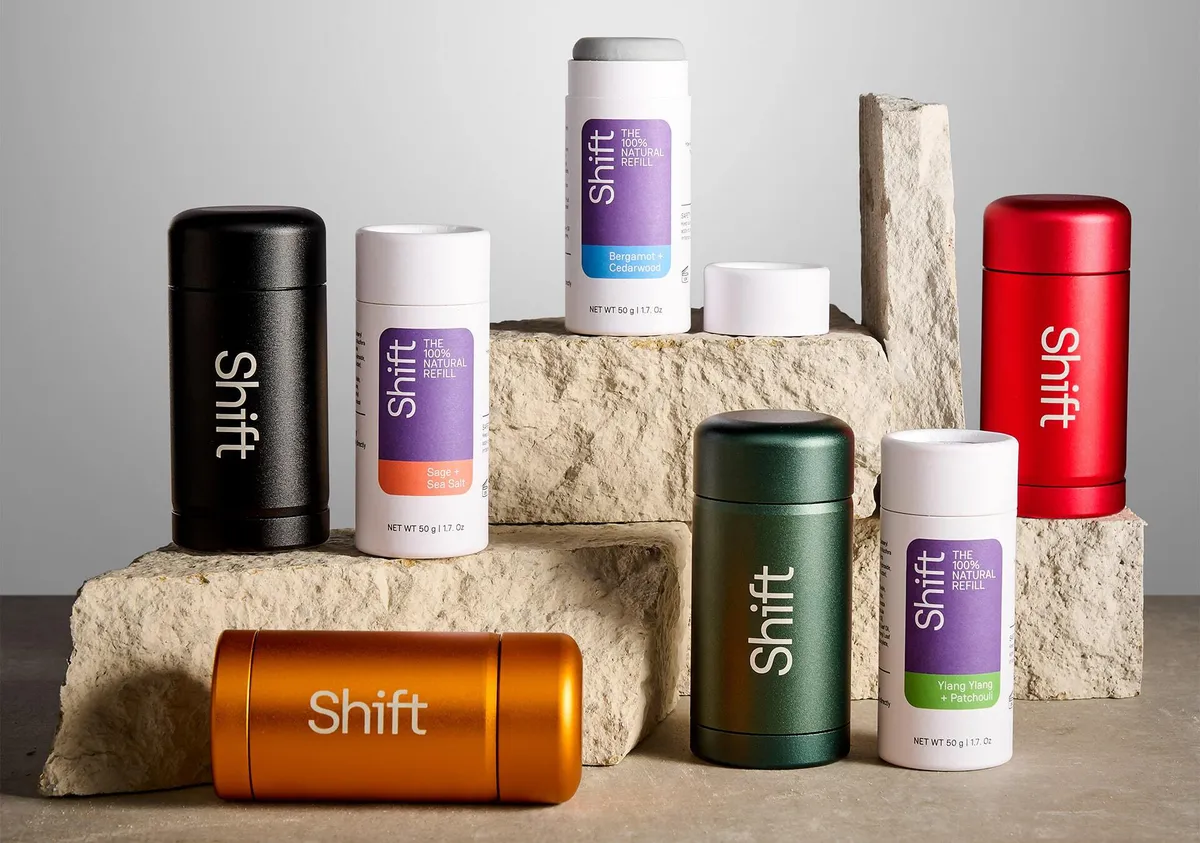
People care. About the planet, the packaging, and the values behind the brands they support. Eco-conscious consumers are mainstream now, it’s no longer a niche and this shift is shaping the future of brand design.
A surge in environmental awareness, backed by alarming climate data and documentaries narrated by national treasures (David Attenborough, we see you 👀), has turned sustainable buying into a non-negotiable. Brands are under the microscope, and greenwashing just won’t cut it.
This guide will show you how to build a brand that’s not just green, but seen – clearly, credibly, and without falling into the dreaded greenwashing trap.

Sustainable brand design is about embedding environmental, ethical, and social values into your operations, communications, and design. Today’s consumers are now asking how your product was made, who made it, and what impact it has on the world.
According to global research, 66% of shoppers are willing to pay more for sustainable goods showing how brand design directly impacts sales. But not just any “green” label will do. Over half of these buyers are driven by specific values:
The likes of discounts and coupons barely made the list which suggest that when it comes to sustainability, purpose beats price now.
So brands, listen up! You can’t just dip your toes into the eco-pool a little bit. If you want to be chosen, your design and values need to align from day one. It makes sense to involve some brand designers in the process to ensure every touchpoint is working towards the same goal.
Going green doesn’t mean you have to bleed green. Sustainable packaging design can still smart and cost-effective if you know where to make the right swaps.This is where working with experienced brand designers (👋 hi) can make all the difference. We know what works, what doesn’t, and how to keep your packaging planet-friendly without blowing the budget.
Here’s how to do more with less. We’re talking less waste, less cost, less greenwashing.
Start simple. Swap out virgin plastics for:
The Forest Stewardship Council (FSC) and PEFC-certified materials also help you build trust. But don’t just name-drop acronyms, get clued up on what these certifications and sustainable packaging solutions actually mean for your brand. Remember, material matters – it’s about proving you’ve done the work and making choices that align with your values and your audience’s expectations.
Make packaging easy to separate and recycle. Think: peel-off labels, mono-material packs, and screw-off components. IKEA’s doing it. Lush has been doing it. Now it’s your turn 🫵.
Ink might not seem like a big deal, until it is. Opt for:
Reduce packaging waste, dimensions and eliminate empty space.
Amazon’s packaging is a bit of a running joke. Nobody needs a necklace shipped in a box big enough to rehome a family of cats. The bigger issues? Over-consumption, elimination of competition, and the exploitation of natural and human resources.
There’s no amount of smiley cardboard boxes or e-vehicle deliveries that will magically make Amazon sustainable. Unless they tackle the core of how the business operates, they’re basically just putting a green bow on a not-so-green problem.
Thoughtful packaging proves you can shrink the size without shrinking the style and that’s where real sustainability (and customer trust) begins.
Avoid overproduction by forecasting smarter and batch printing only what's needed. Pair this with on-demand printing and you’re cutting costs and carbon footprint in one go.
Sustainability doesn’t have to compromise your aesthetic. Brands like Method, Who Gives a Crap, Ben & Jerry’s show that vibrant, playful, and ethical can all live on the same shelf.




The GOAT of sustainable brand design. Patagonia built anti-consumerism into their DNA. From using recycled materials to pushing customers to buy less, their actions match their values. Bonus points for activism and transparency.

Image source: patagonia.com
The Swedish giant has gone all-in on circularity, proving that even global brands can adapt their packaging and practices for different markets without losing accessibility. IKEA’s “Buyback & Resell” program is a standout example. Instead of letting much-loved furniture go to waste, customers can return items year-round in exchange for in-store credit, making their next purchase more affordable while giving the old pieces a second life. Combined with their commitment to renewable materials and circular design, IKEA shows how a legacy brand can pivot toward sustainability at scale, keeping products in use and out of landfill.

Image source: Ikea.com
Zero-waste with naked packaging, recycled pots, and refill schemes. Lush walks the talk and smells great while doing it – a nod to the wider evolution of packaging design. Sustainability isn’t a marketing tactic for them; it’s a core operational value.

From tracking every product’s carbon footprint to making shoes out of sugarcane and wool, Allbirds combines minimalist design with maximum sustainability. Even their packaging is FSC-certified and minimal to a fault.

Image source: allbirds.co.uk
Ben & Jerry’s are loud, proud, and political. But more importantly, they’re transparent, publishing both wins and challenges in their sustainability journey. They’ve woven environmental and social justice into their brand story without losing flavour (pun intended 😉).

Image source: benjerry.co.uk
You don’t need a million-dollar budget or a forest full of certifications to be seen as a sustainable brand. What you do need is consistency, commitment, and a clear understanding of what brand design really means.
Whether you’re redesigning your packaging, launching a new eco-conscious range, or auditing your supply chain, just start small, be transparent, and build from the inside out.
And remember: sustainable design is a brand-wide mindset.
So go ahead, ditch the greenwash, pick up the mic, and show the world what ethical branding really looks like.
We’re here on hand to help with your brand design – from getting feedback on packaging design to full brand audits. Let’s talk.